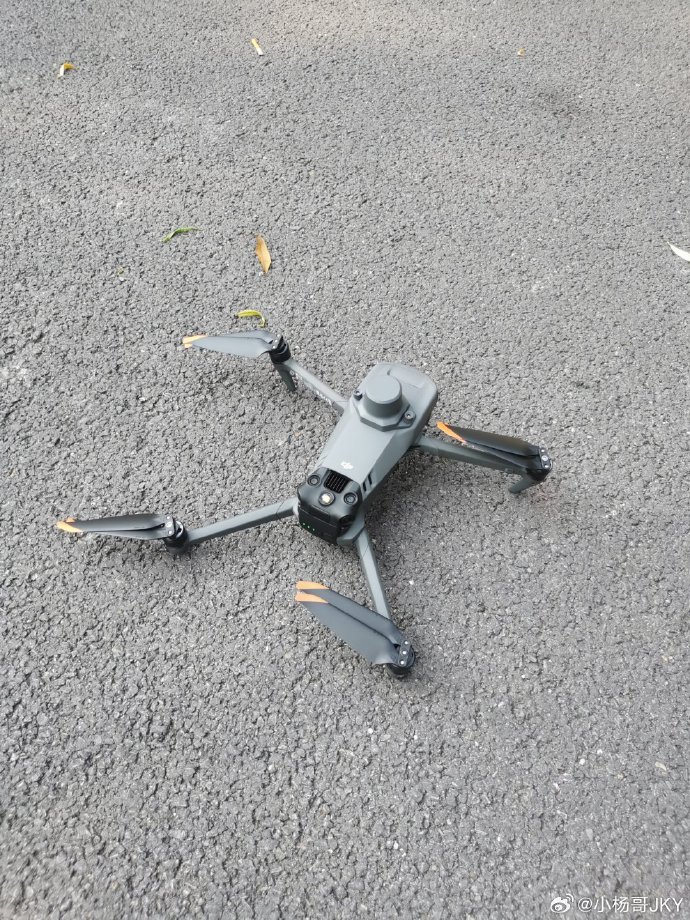In recent years, anti drone technology has become an essential part of security infrastructure, particularly as drones become more commonplace in various sectors. From personal use to commercial and military applications, drones present unique challenges that necessitate equally innovative solutions. This article delves into the cutting-edge advancements in anti-drone technology, examining how these developments are shaping the future of security.
Understanding the Need for Anti-Drone Technology
The proliferation of drone technology has brought about a myriad of benefits, yet it also poses serious security risks. Unauthorized drone use can lead to privacy invasion, safety threats, and even acts of terrorism. Consequently, the need for reliable anti-drone mechanisms is more critical than ever. By deterring unauthorized drone activity, we can protect sensitive areas and enhance public safety.
Types of Anti-Drone Innovations
-
Detection Systems
Modern anti-drone systems often begin with sophisticated detection technology. Utilizing radar, radio frequency scanners, and acoustic sensors, these systems identify and track drones in real-time. These sensors can differentiate between drones and other moving objects, ensuring precise monitoring.
-
Neutralization Techniques
Once a drone is detected, the next step involves neutralizing it. This can be achieved through various methods, such as signal jamming, where the communication between the drone and its operator is disrupted. Another method involves using lasers or EMP devices to damage or disable drones physically. These tools help prevent drones from capturing data or conducting surveillance.
-
Automated Threat Response
AI and machine learning play a significant role in enhancing anti-drone systems. These technologies can automate the detection and neutralization processes, significantly reducing the response time. Automated systems can assess threats rapidly and deploy countermeasures without human intervention, making them incredibly effective in high-stakes environments.
Examples of Anti-Drone Applications
Anti-drone technology has been adopted in various sectors. Airports , for instance, use these systems to avert potential disruptions or safety hazards caused by drones. Similarly, sports arenas and event venues employ anti-drone measures to safeguard attendees. Military organizations also utilize advanced anti-drone tools to protect sensitive operations from surveillance or attacks.
, for instance, use these systems to avert potential disruptions or safety hazards caused by drones. Similarly, sports arenas and event venues employ anti-drone measures to safeguard attendees. Military organizations also utilize advanced anti-drone tools to protect sensitive operations from surveillance or attacks.
Regulatory Aspects
The regulation of drone activity is a critical aspect that aids the effectiveness of anti-drone systems. Policies surrounding drone use vary by region, but worldwide, there is a trend toward stricter measures aimed at enhancing security. Collaborations between governments and technology firms are crucial in developing universally accepted standards for drone operations and counter-drone measures.
The Future of Anti-Drone Tech
The landscape of anti-drone technology continues to evolve, driven by the integration of advanced technologies such as AI, IoT, and blockchain. These innovations are expected to make anti-drone systems more reliable, efficient, and easier to deploy. Even as drones become more sophisticated, the development of cutting-edge countermeasures will likely stay a step ahead, ensuring the continued safety of public and private spaces.
Frequently Asked Questions
- What are the main challenges in anti-drone technology?
- The key challenges include accurately detecting drones amid clutter, distinguishing between friend and foe devices, and neutralizing threats without causing collateral damage.
- Can anti-drone systems be integrated into existing security frameworks?
- Yes, most modern anti-drone solutions are designed to complement existing security setups, leveraging technologies such as AI and IoT for seamless integration.
- How can I stay informed on the latest in anti-drone tech?
- Subscribing to industry publications and attending technology conferences can be excellent ways to stay updated on new developments and advancements in this field.